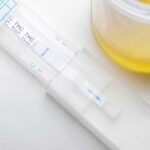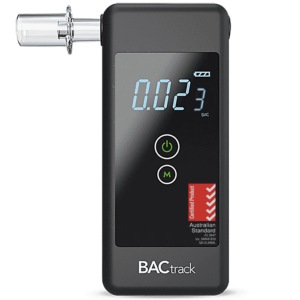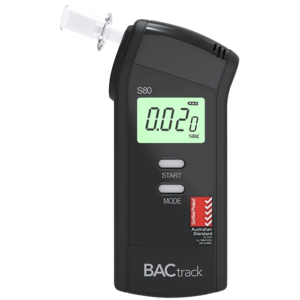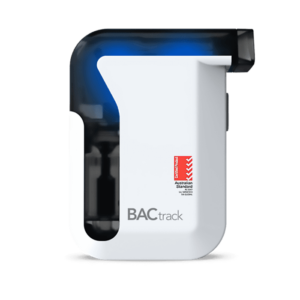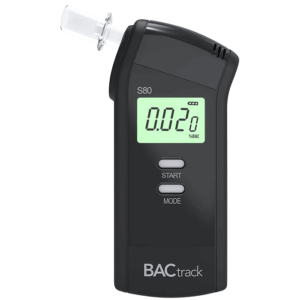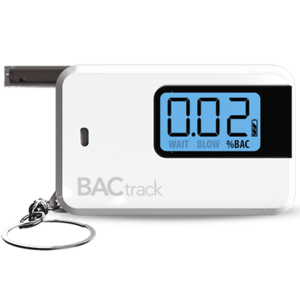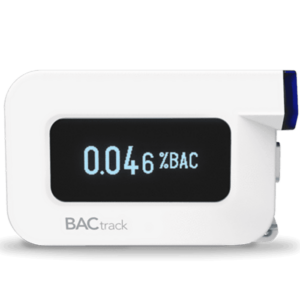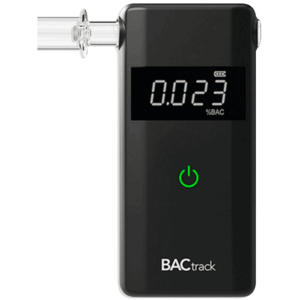Test Blood Alcohol Level at Home: Procedure and Advantages
03 October, 2023
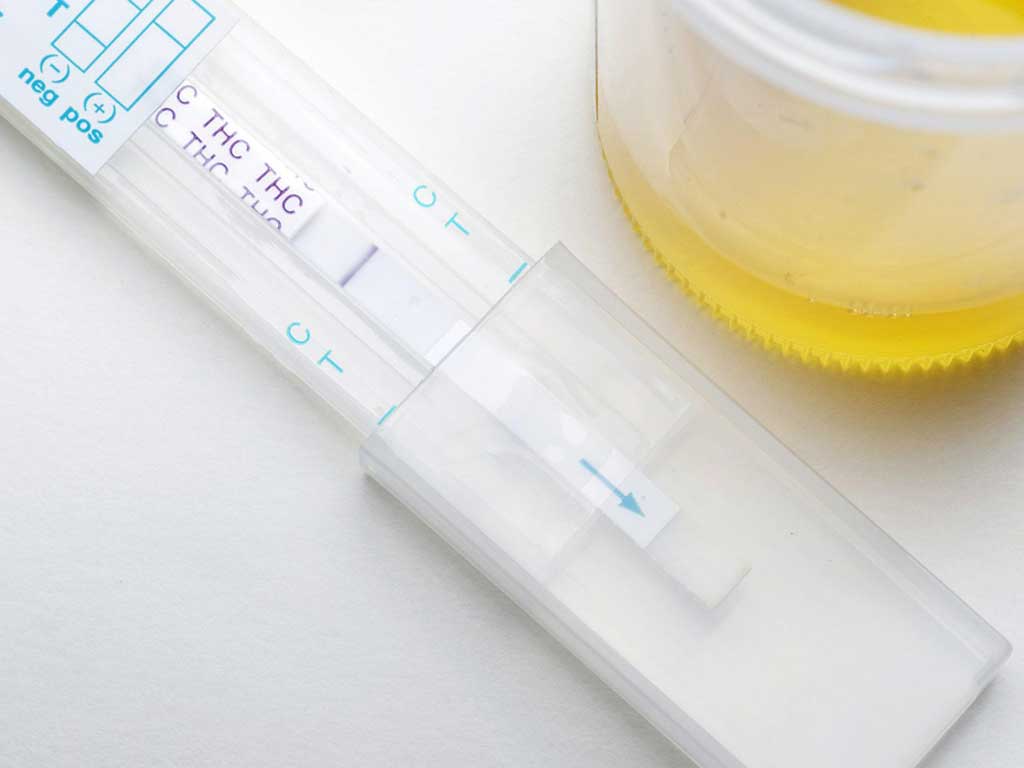
To test blood alcohol levels at home, individuals typically use a test kit, such as a urine strip or a breathalyser. This involves providing a sample (saliva, urine, or breath) on the test strip or breathalyser and waiting for the result. The advantages include ease of use, cost-effectiveness, and privacy. People can easily, affordably, and discreetly check their alcohol levels in the comfort of their homes.
Alcohol use disorder (AUD) harms individuals and society. When someone exceeds the legal limit for alcohol while driving, police officers can arrest them. This leads to penalties like fines, imprisonment, and an alcohol interlock in their vehicle. At the workplace, AUD can cause accidents due to alcohol impairment. To prevent this, some use a blood alcohol test at home. This article will present about testing Blood Alcohol Content (BAC) at home. This includes procedures, advantages, and handling non-negative results.
How to Test Blood Alcohol Level at Home
People can test blood alcohol levels at home conveniently and privately with a variety of methods. Firstly, a urine test. It involves using a urine alcohol testing kit, which typically includes test strips and a container for the biological sample. The individual dips the test strip into the urine sample and waits for the results. The test strip will change colour if alcohol is present in the urine.
Secondly, a saliva alcohol test. It uses a saliva alcohol testing kit, which includes a collection device and test strips. The person collects a sample of saliva using a mouth swab and then places the test strip into the saliva sample. Similar to urine tests, the test strip will change colour if alcohol is present in the saliva.
Lastly, breath testing. It is the most convenient method for testing blood alcohol levels at home. This test uses handheld devices, such as breathalysers, to measure the alcohol content in the breath. The individual simply blows into the mouthpiece, and it provides an estimate of their alcohol level.
Types of Tests
- Personal breathalyser: these testing devices use breath samples to estimate BAC. Users blow into the breath alcohol device, and it provides an instant reading.
- Urine alcohol test strips: users collect a urine sample and apply it to the strip. The strip then changes colour to indicate the presence of alcohol.
- Saliva alcohol test strips: similar to urine test strips, individuals place the strip in their mouth, and it changes colour if alcohol is present.
- Blood tests: allow users to collect a blood sample and analyse alcohol concentration. This test is typically performed in a laboratory with a professional collecting the specimen.

Test Blood Alcohol Level at Home: Advantages
There are several advantages when people test blood alcohol levels at home. For instance, it provides individuals with the privacy they may desire when monitoring their alcohol consumption. Some people may feel uncomfortable getting their BAC tested in a medical facility or by a healthcare professional. By conducting the test at home, they can maintain their privacy and avoid any potential embarrassment.
Additionally, home testing kits typically offer ease of use and cost-effectiveness. They often come with simple instructions and can be performed without any medical training. This accessibility allows people to regularly monitor their blood alcohol concentration level in the comfort of their own homes. Moreover, these kits often cost less than having a medical facility conduct a blood alcohol test.
Furthermore, individuals have the ability to track and monitor their BAC over time. By regularly testing, they can observe the effects of different levels of alcohol consumption on their body and gauge their tolerance. This can benefit those looking to reduce their alcohol consumption or people with a history of AUD.
Disadvantages and Risks
Testing blood alcohol levels at home may seem convenient, but it carries several disadvantages and risks. Some home testing methods may not be approved by relevant regulatory agencies, leading to unreliable results. Additionally, they may not meet the same strict standards as those used by healthcare professionals.
Moreover, interpreting the results of a home alcohol blood test can be challenging for some people. Without the guidance of a medical professional, users may struggle to understand the implications of their BAC levels. This can lead to misinterpretation of the results and potentially unsafe behaviour. Furthermore, home testing may provide false positives or negatives.

Test Blood Alcohol Level at Home: Handling Non-Negative Result
It is important to know how to handle a non-negative result when people test blood alcohol levels at home. In such cases, they should immediately stop consuming any more alcohol and wait for the effects to wear off completely. Additionally, they need to avoid any activities that require alertness, such as driving or operating machinery.
A non-negative blood alcohol result may have various implications. It could indicate that the person has recently consumed alcohol, which may impair their judgment and reaction time. It is worth considering the potential legal consequences if the individual were to be involved in a motor vehicle accident. Moreover, it might be a sign of alcohol abuse or AUD.
Furthermore, individuals with non-negative blood alcohol results may seek guidance from health professionals or medical facilities. These professionals can advise on the next steps and offer resources to address underlying issues related to alcohol consumption. For people concerned about their alcohol intake, there are also support groups and helplines available to provide further assistance.
Factors that May Influence the Results
Some factors may influence the results of a blood alcohol test at home. For instance, the time of alcohol consumption. Blood alcohol level decreases over a period of time as alcohol is absorbed into the bloodstream. For accurate results, it is important to wait a sufficient amount of time after consuming alcohol before conducting a test.
Additionally, individual metabolism plays a significant role in alcohol processing. Each person’s metabolism differs, affecting how quickly their body breaks down and eliminates alcohol. Moreover, the amount and strength of alcohol consumed contribute to the blood alcohol level. Drinking more alcohol or stronger beverages leads to higher BAC levels.
Conclusion
People can test blood alcohol levels at home through commonly used methods such as urine, saliva, or breath tests. Urine and saliva tests involve using kits with test strips that change colour if alcohol is present. Breath testing, using devices like breathalysers, estimates alcohol levels when a person blows into it. Moreover, home testing offers privacy, cost savings, and ease of use. It allows individuals to monitor their alcohol intake discreetly, track changes over time, and potentially address alcohol-related concerns.
Several factors influence the accuracy of at-home blood alcohol tests. These include the time of alcohol consumption, individual metabolism, and alcohol quantity and strength. When someone gets a non-negative result, they must immediately stop consuming alcoholic drinks and avoid activities like driving. It is important to seek advice from healthcare experts for guidance and support. People concerned about their drinking habits can also find support groups and helplines available.
















